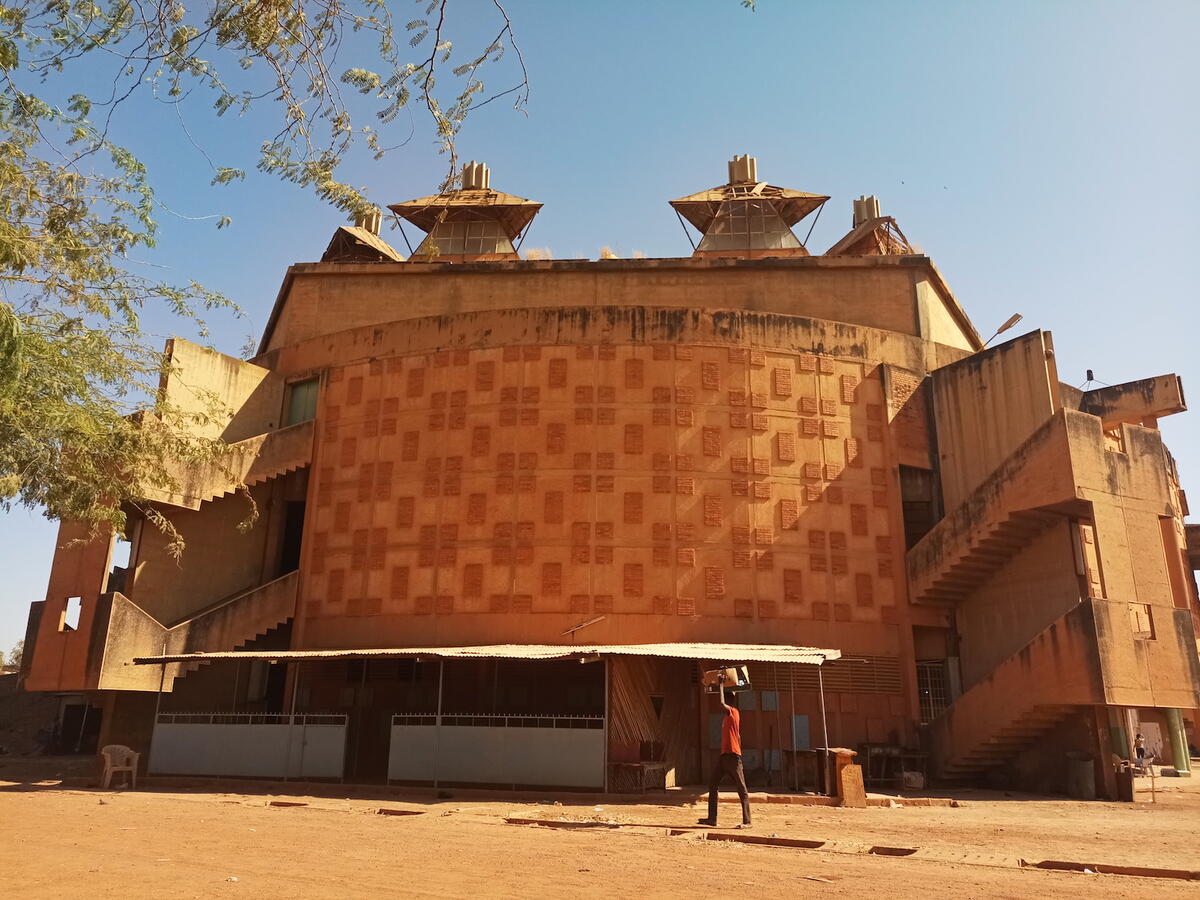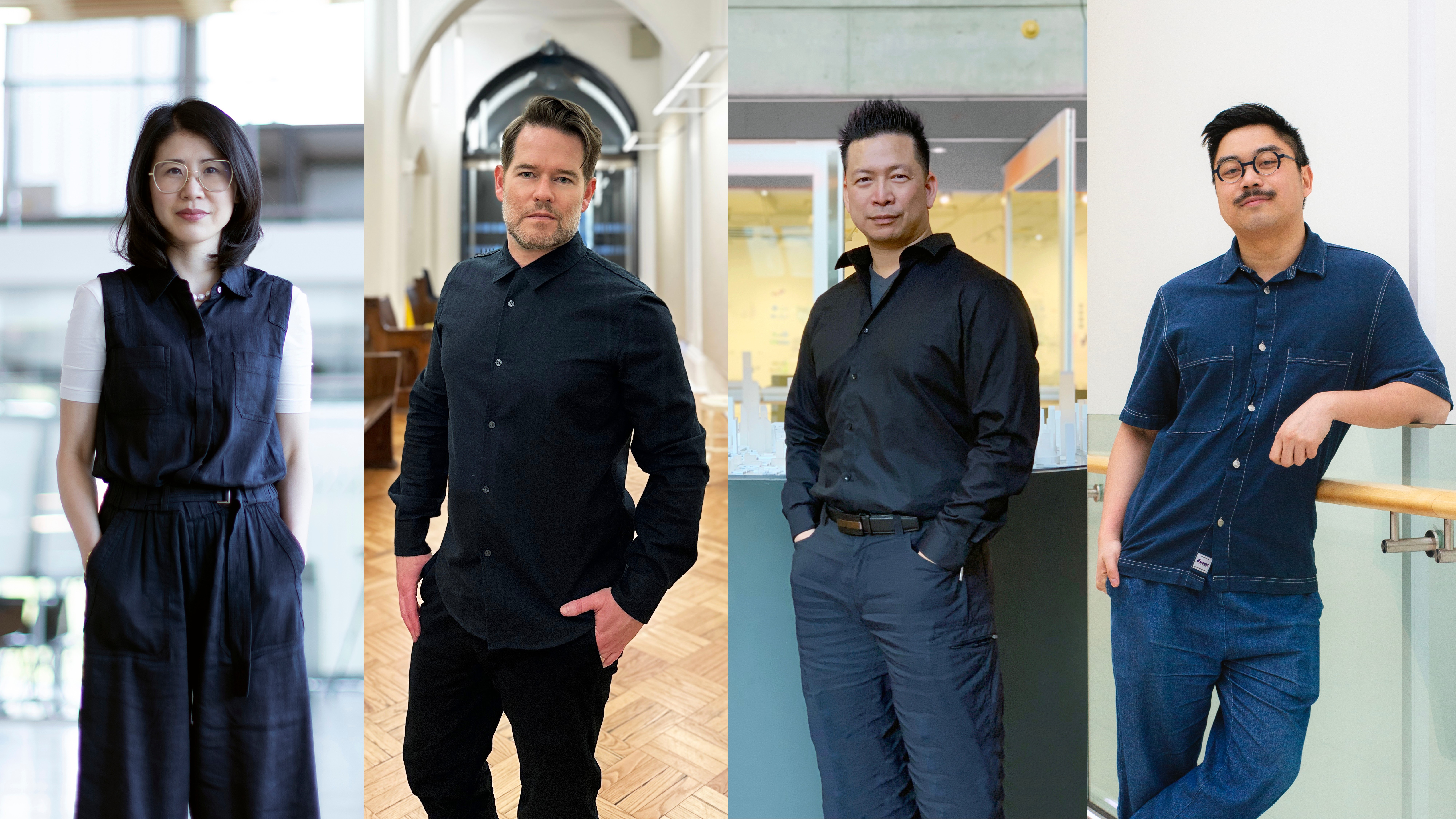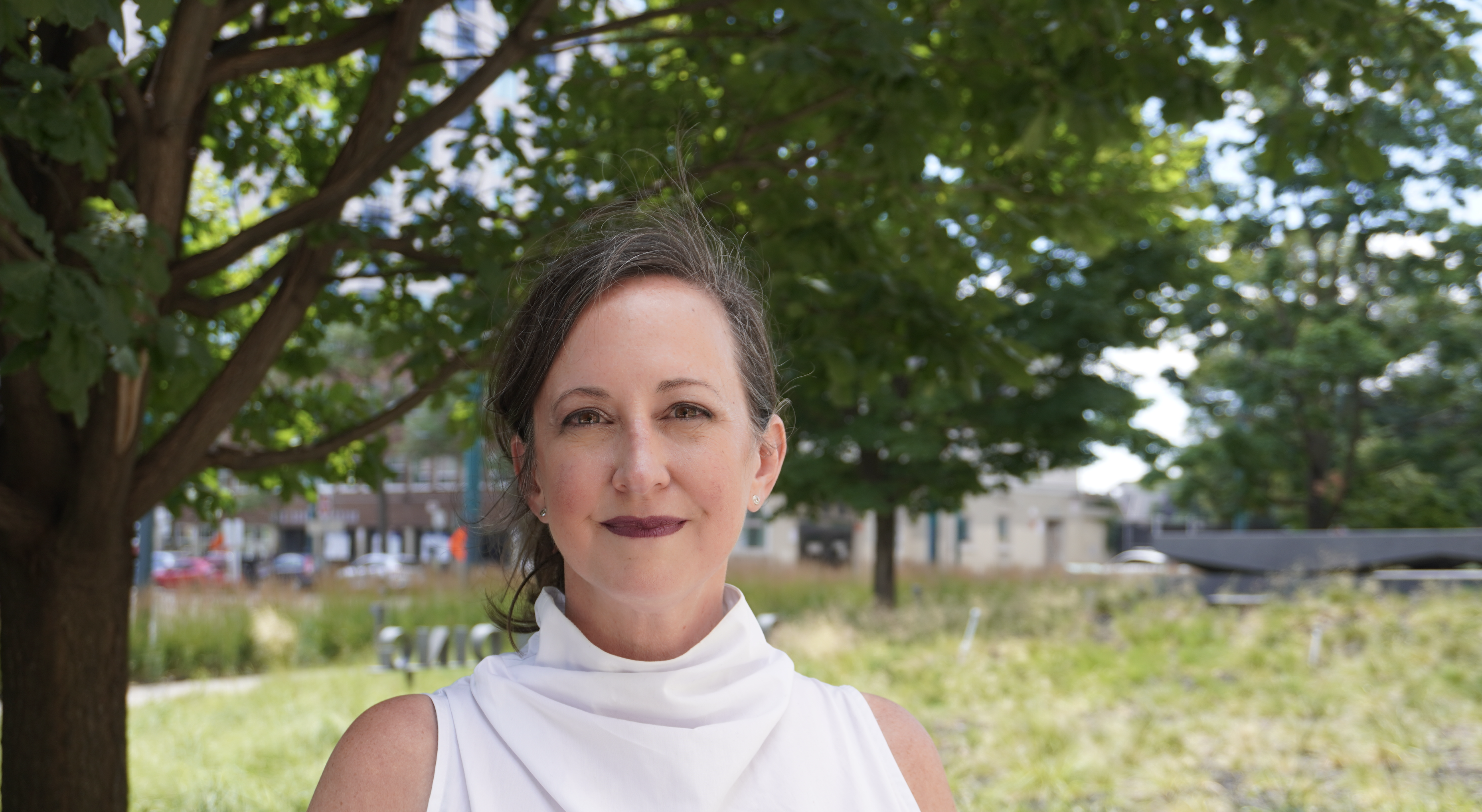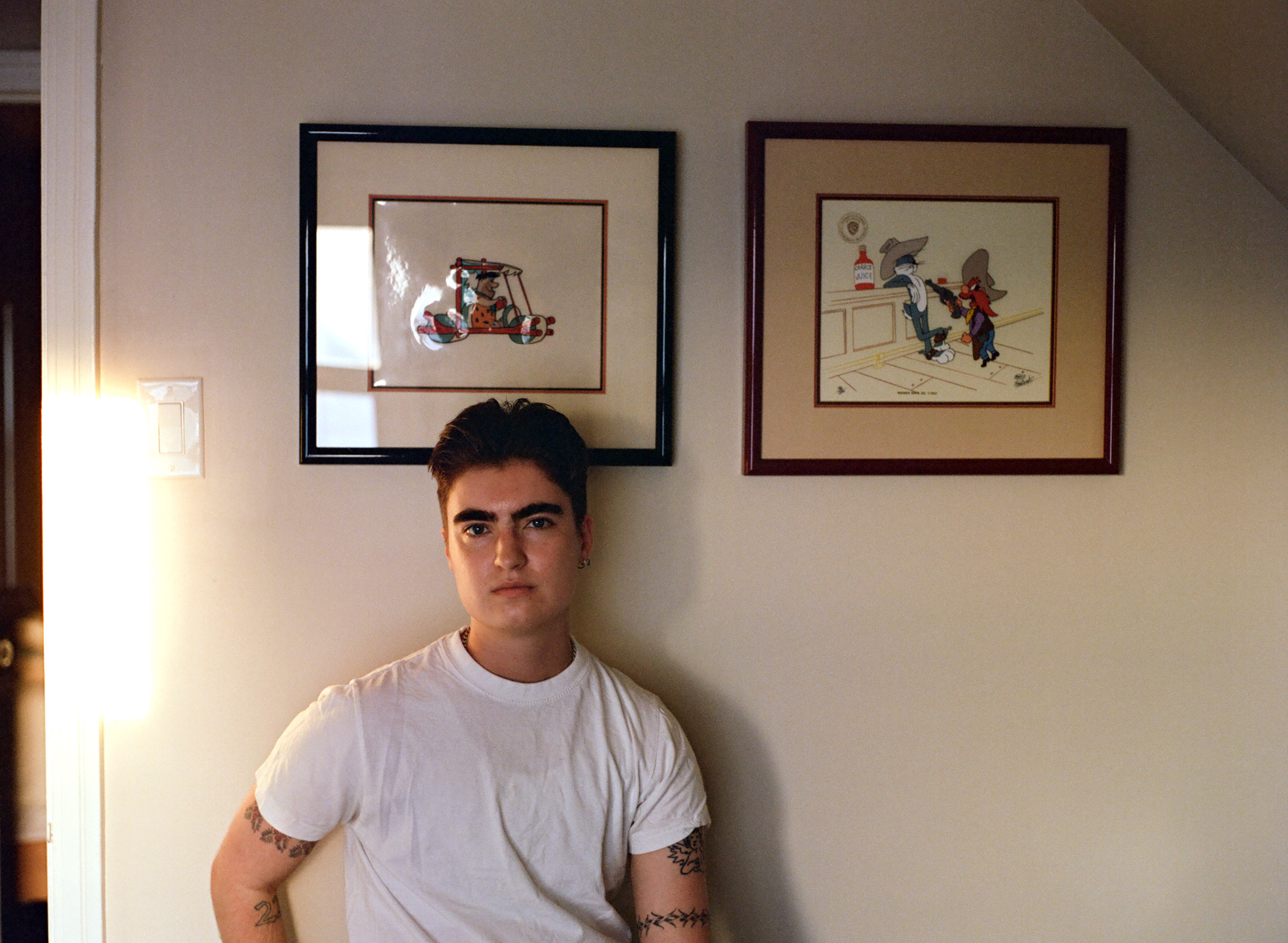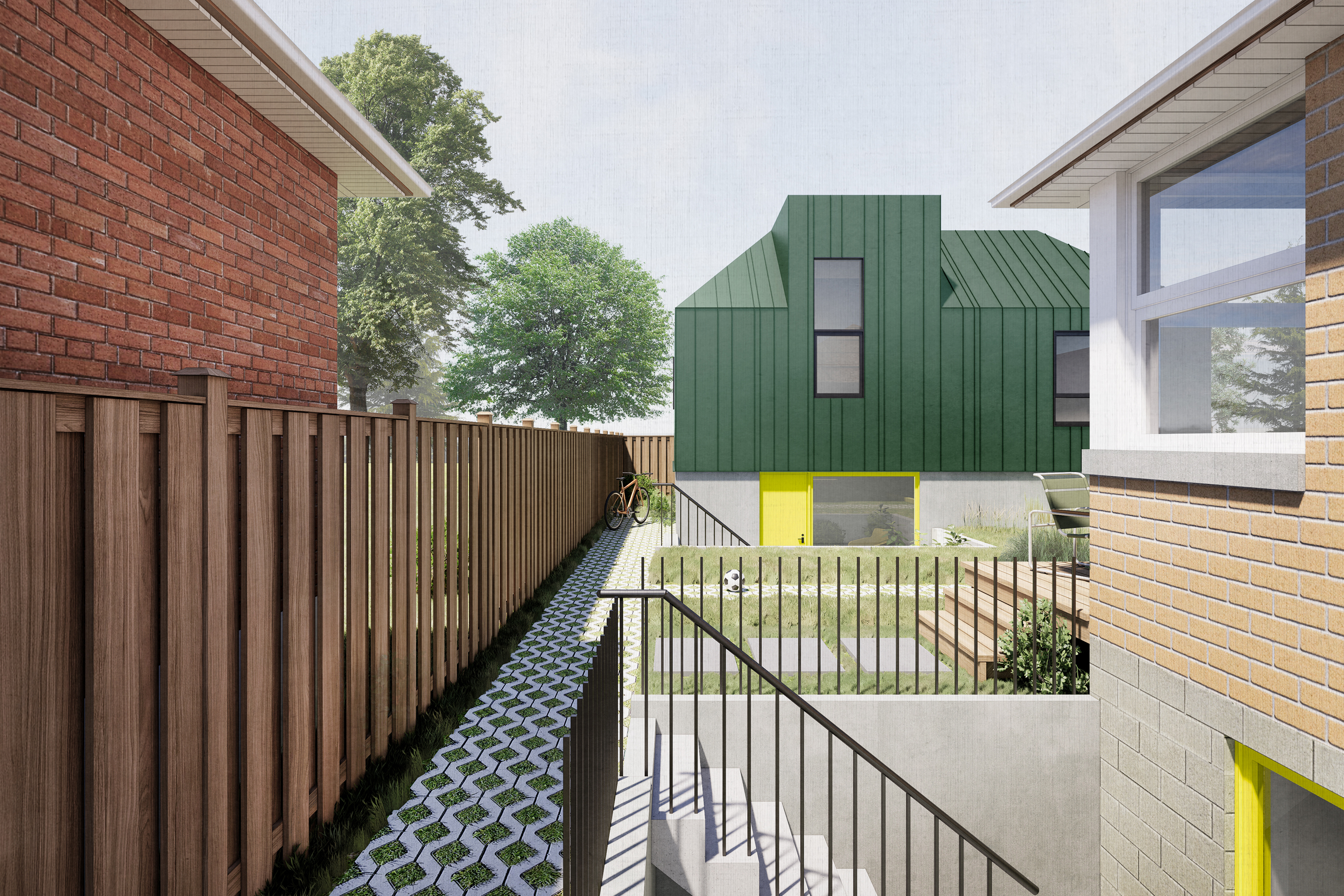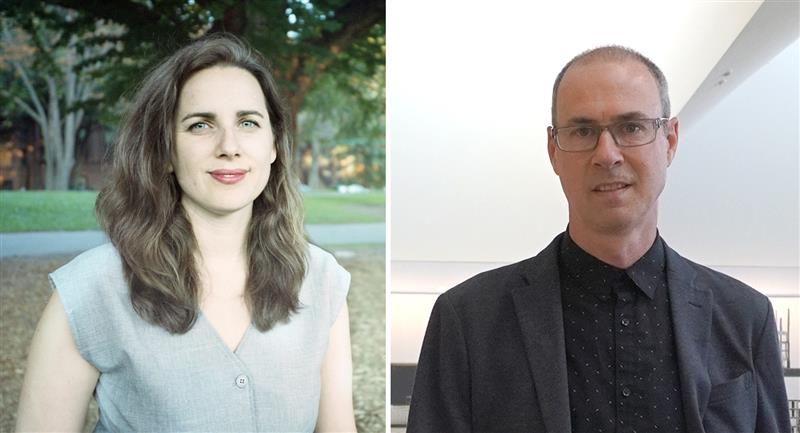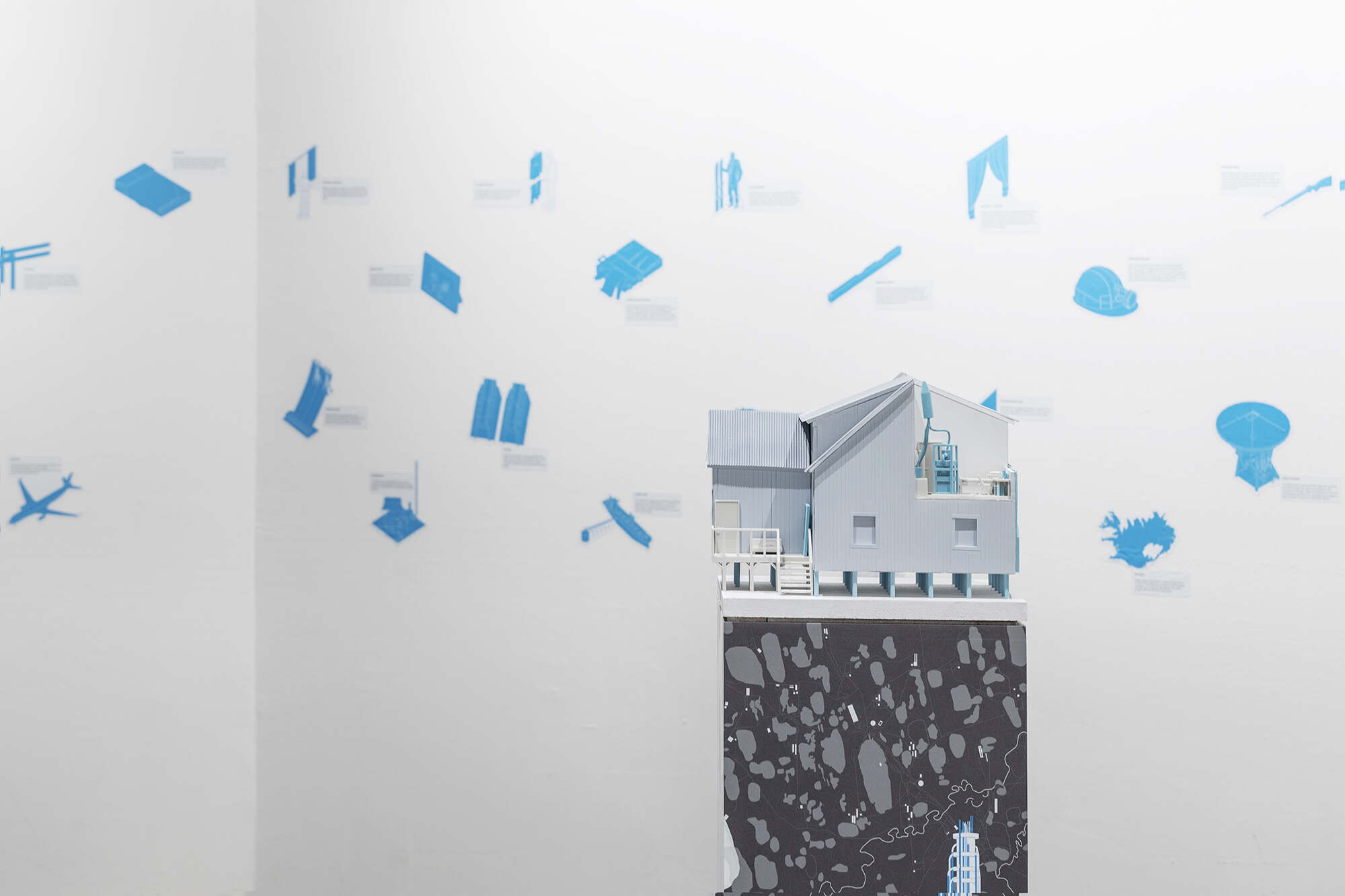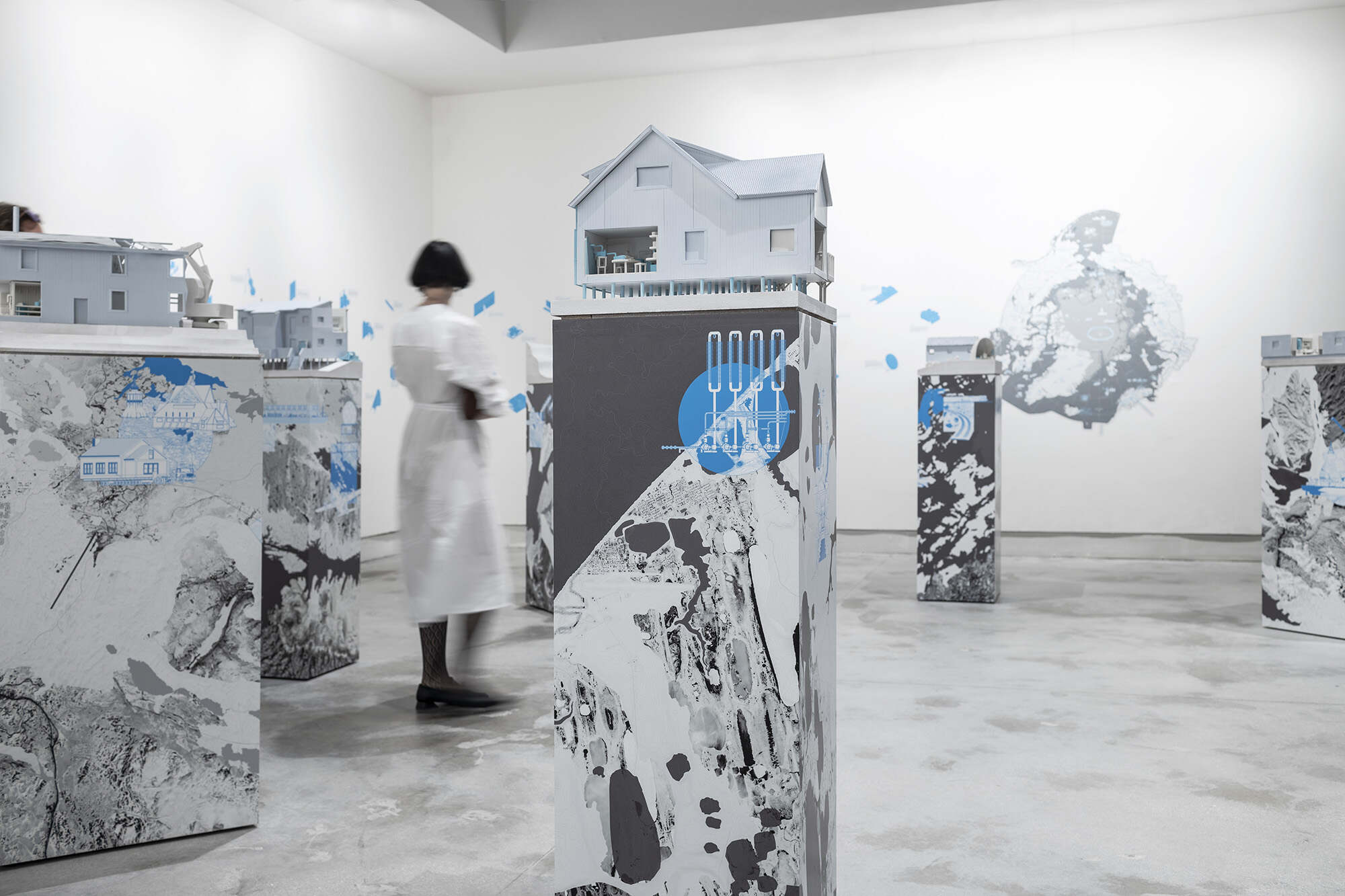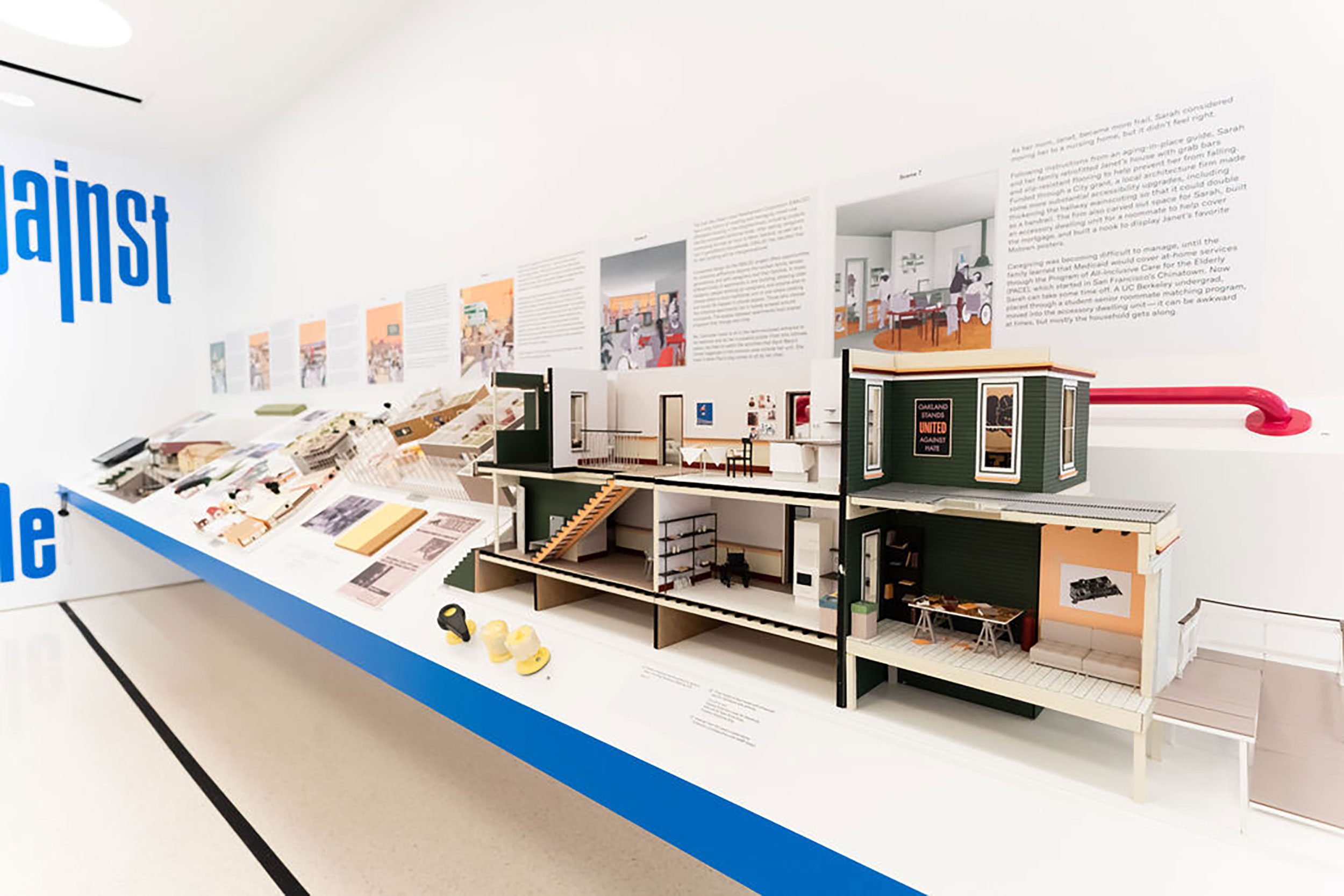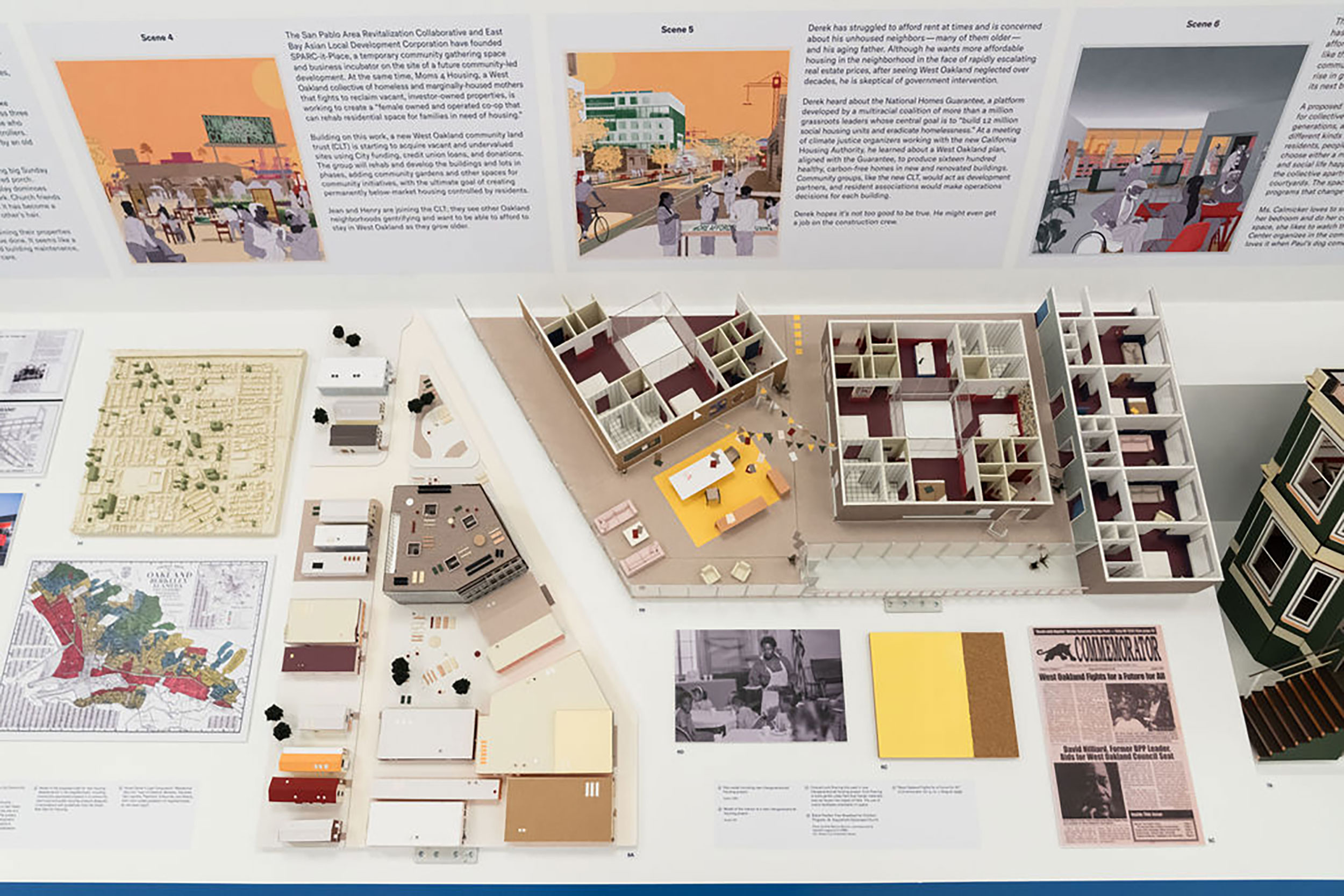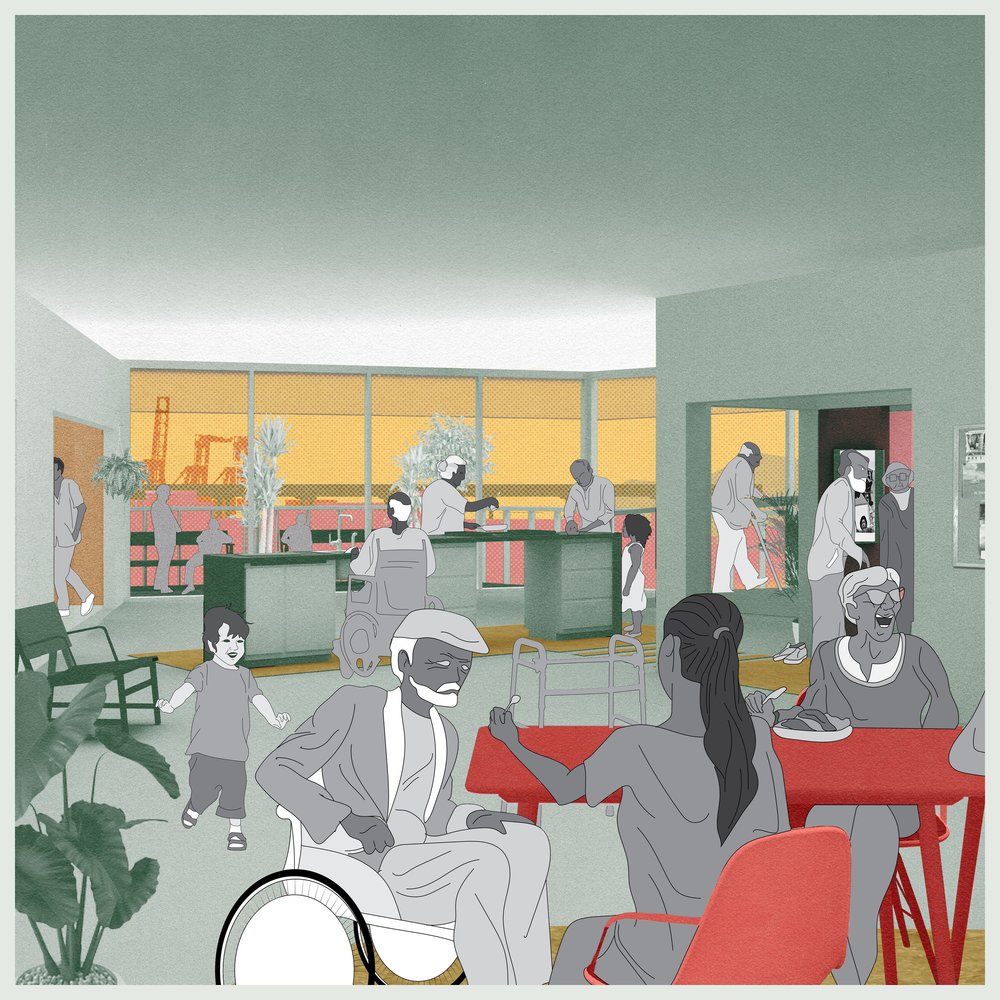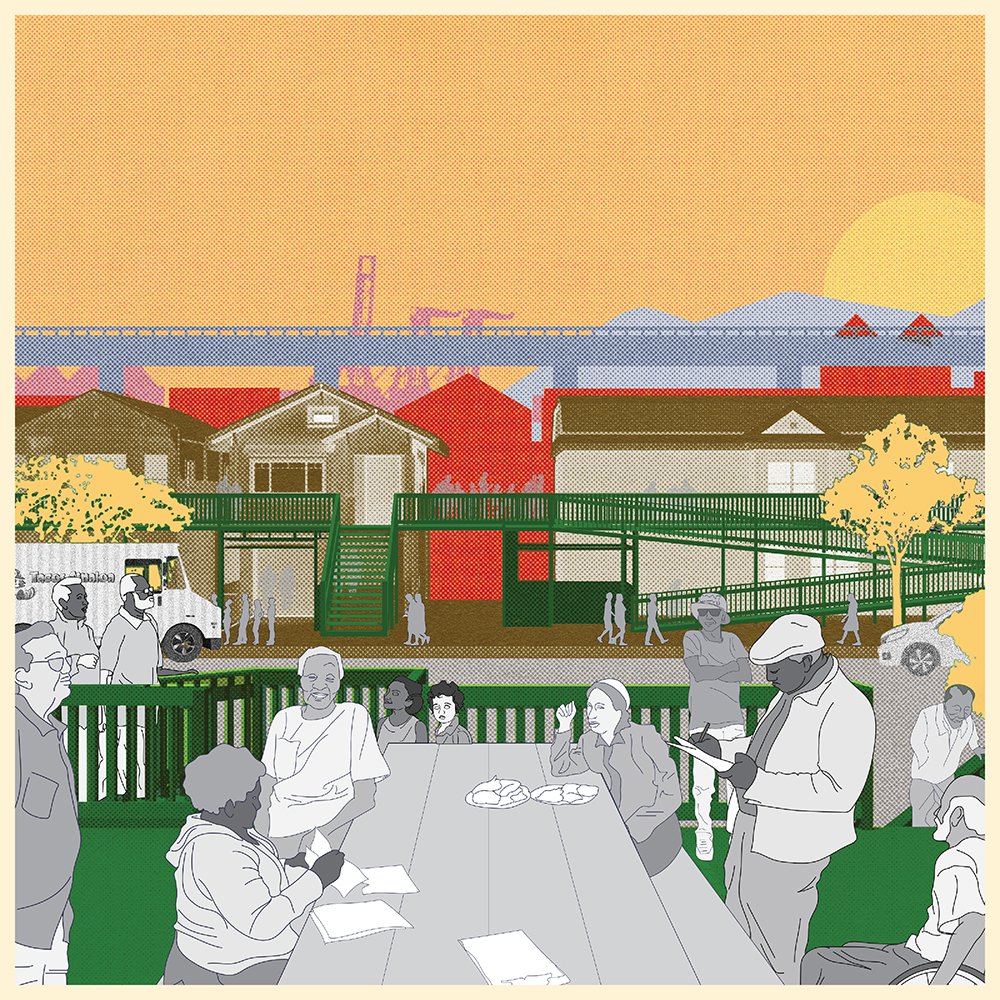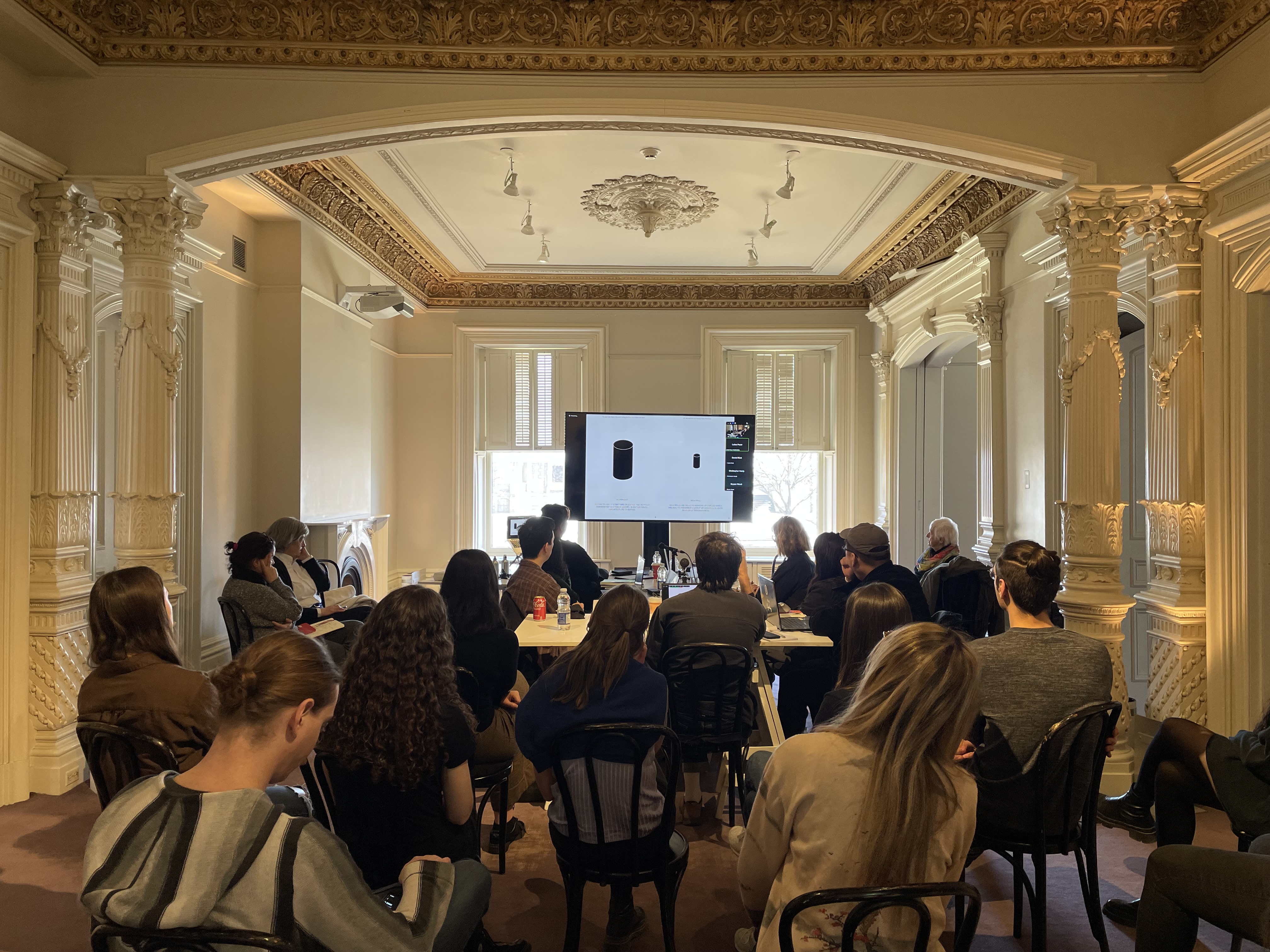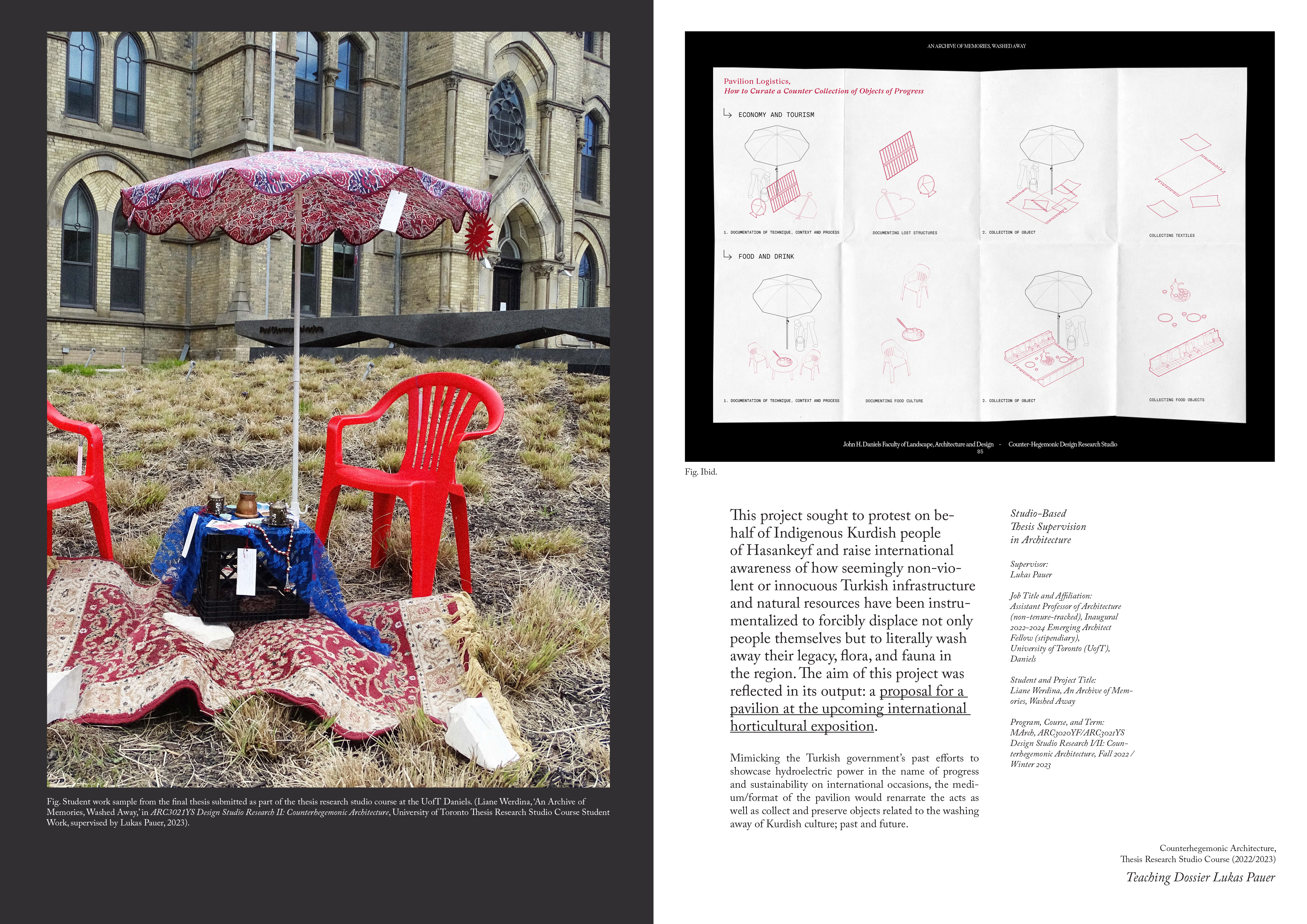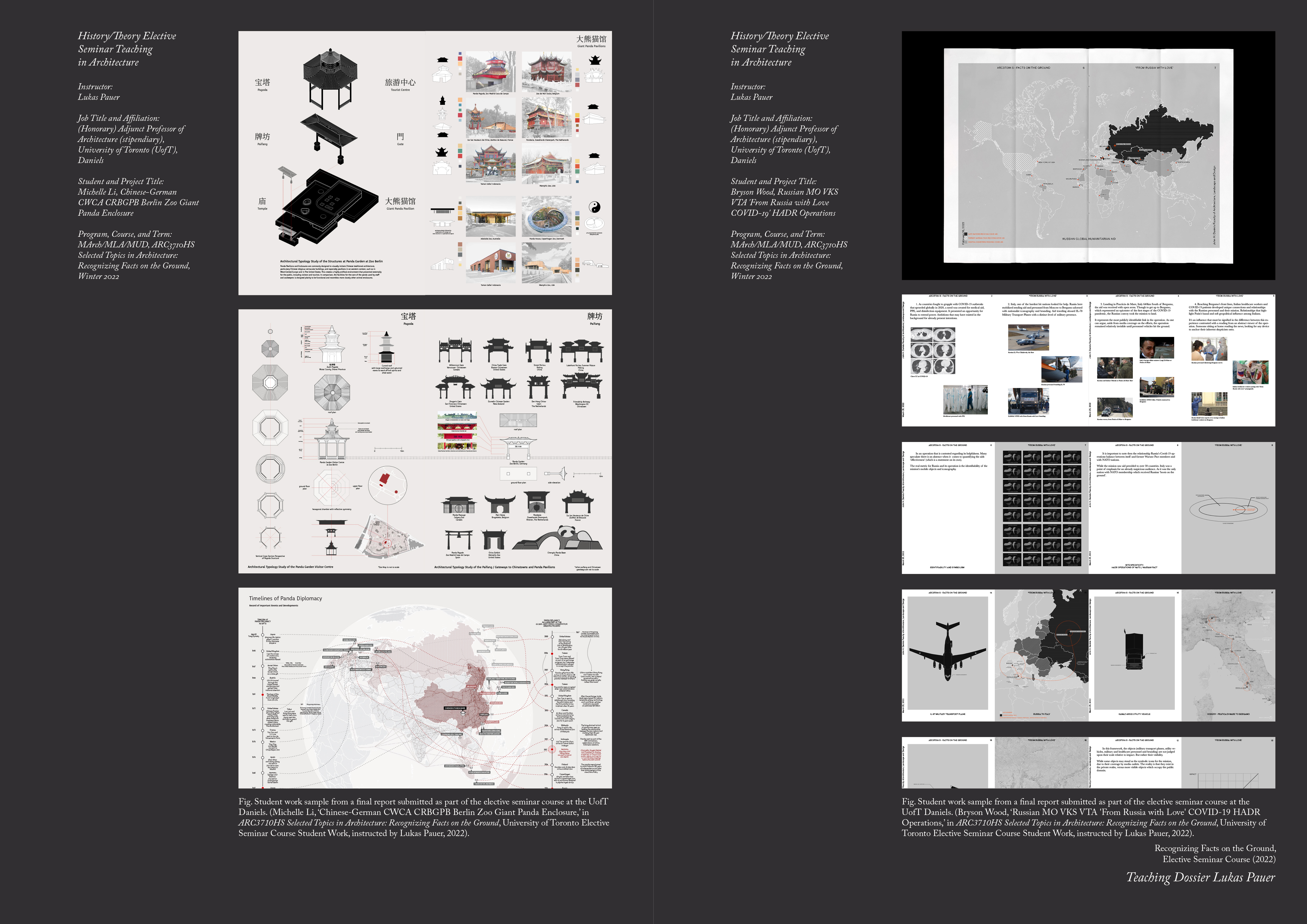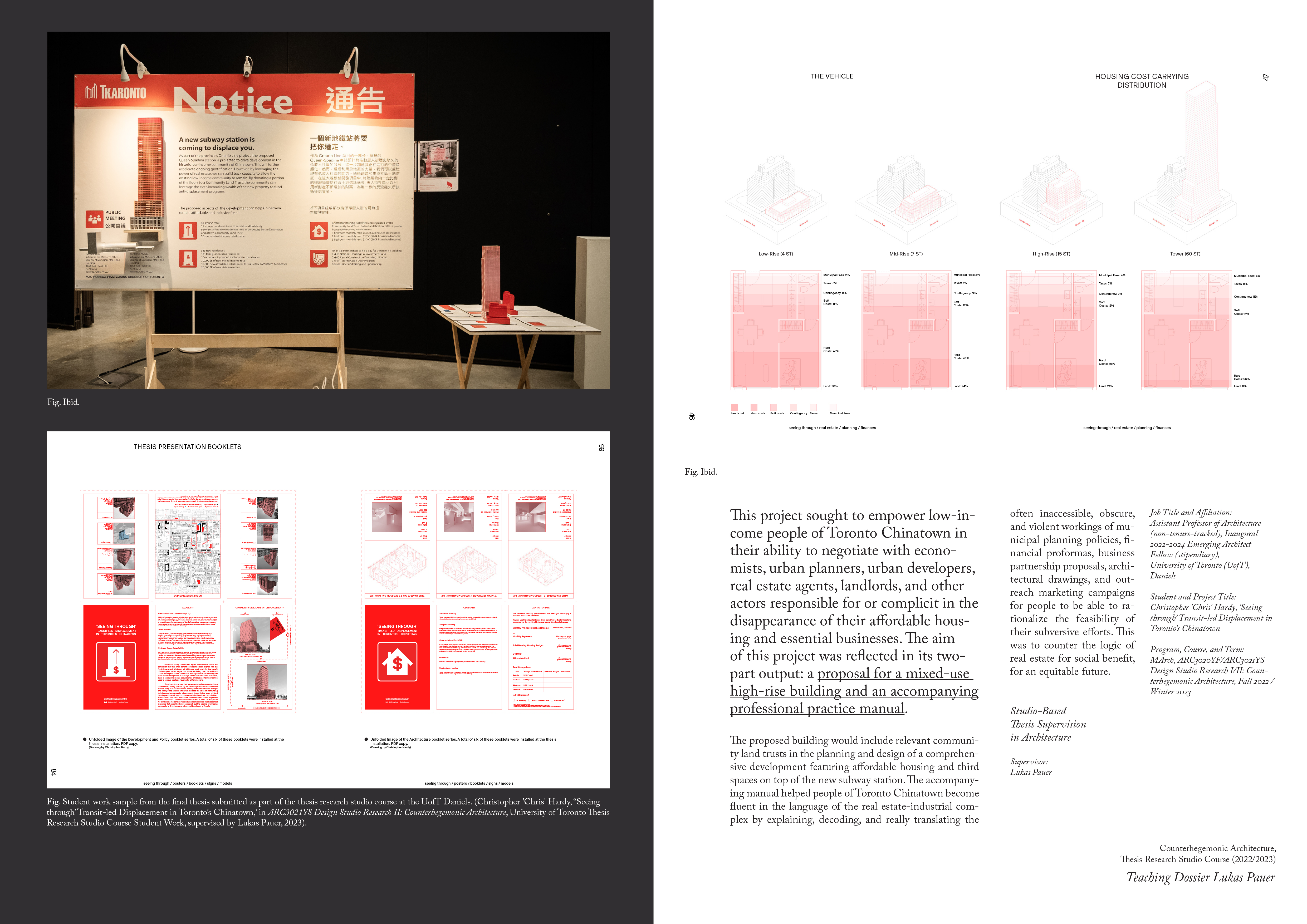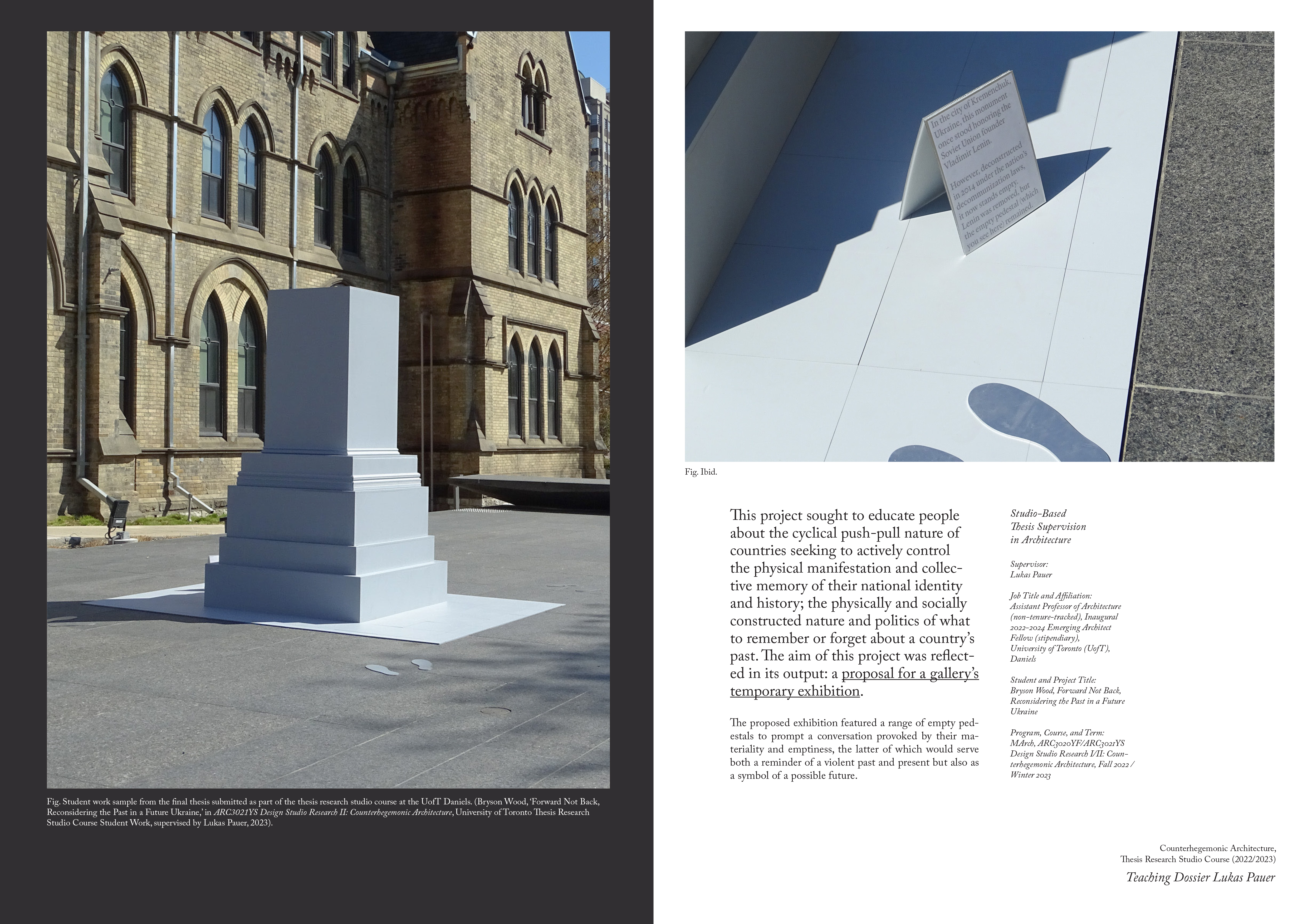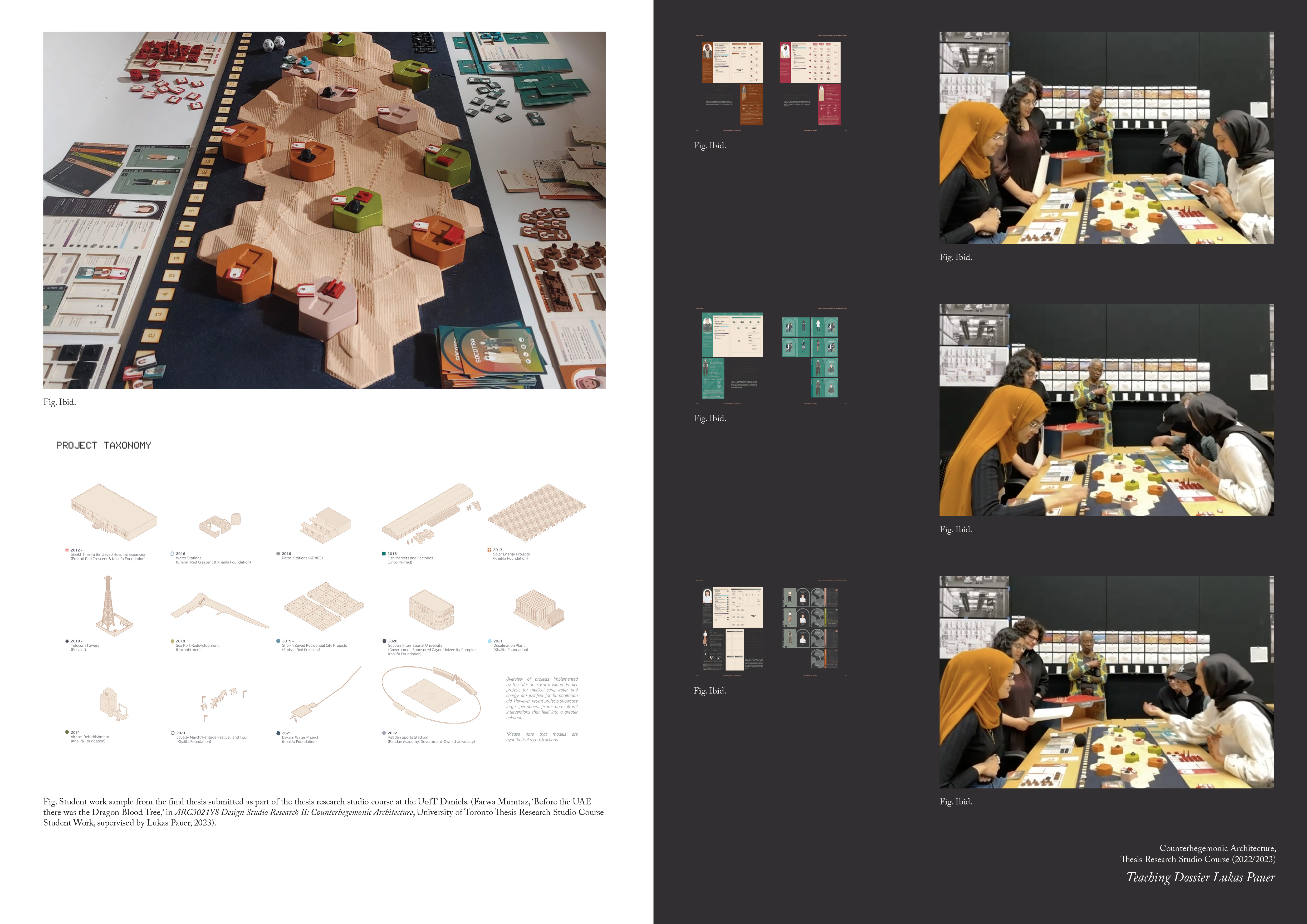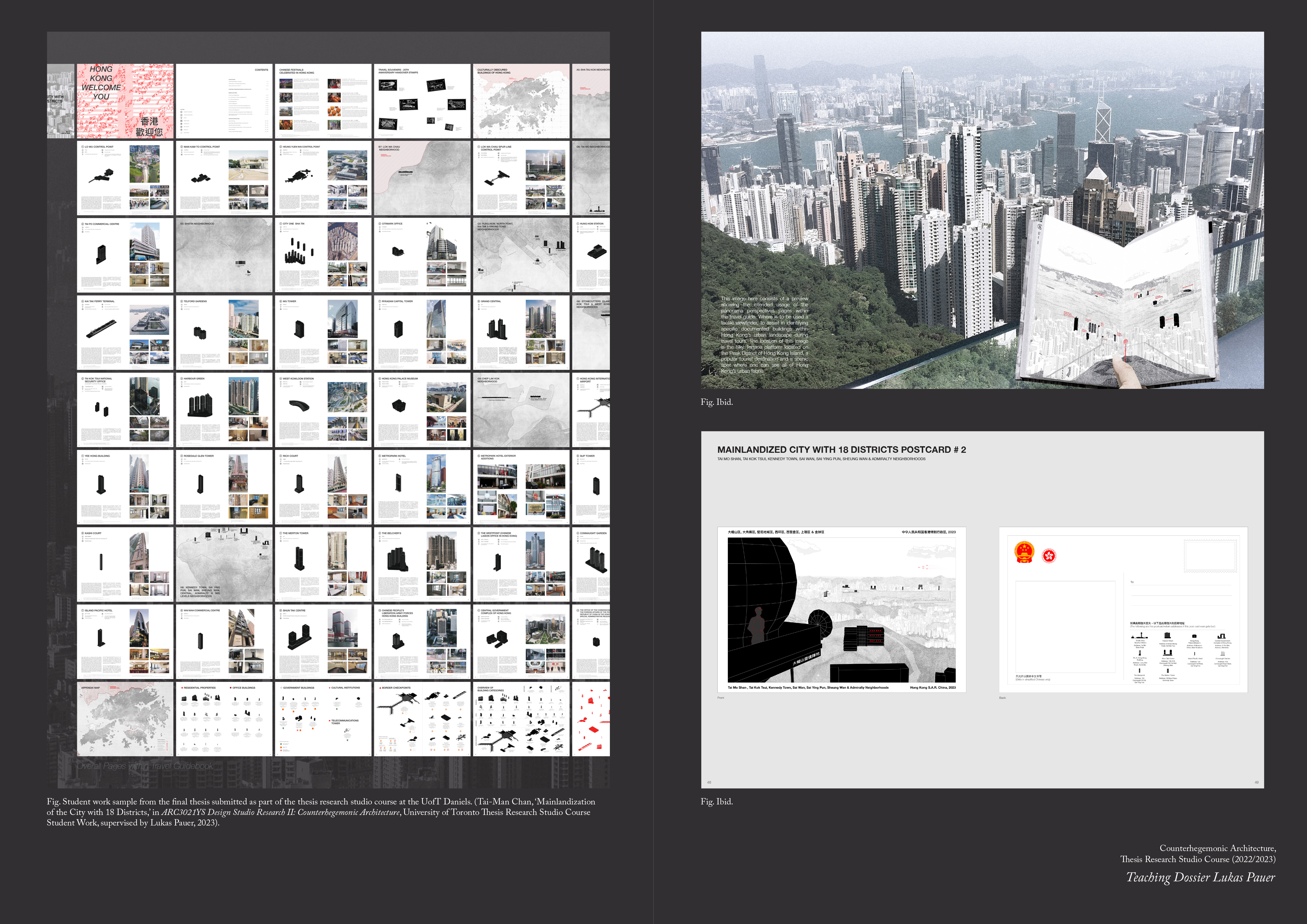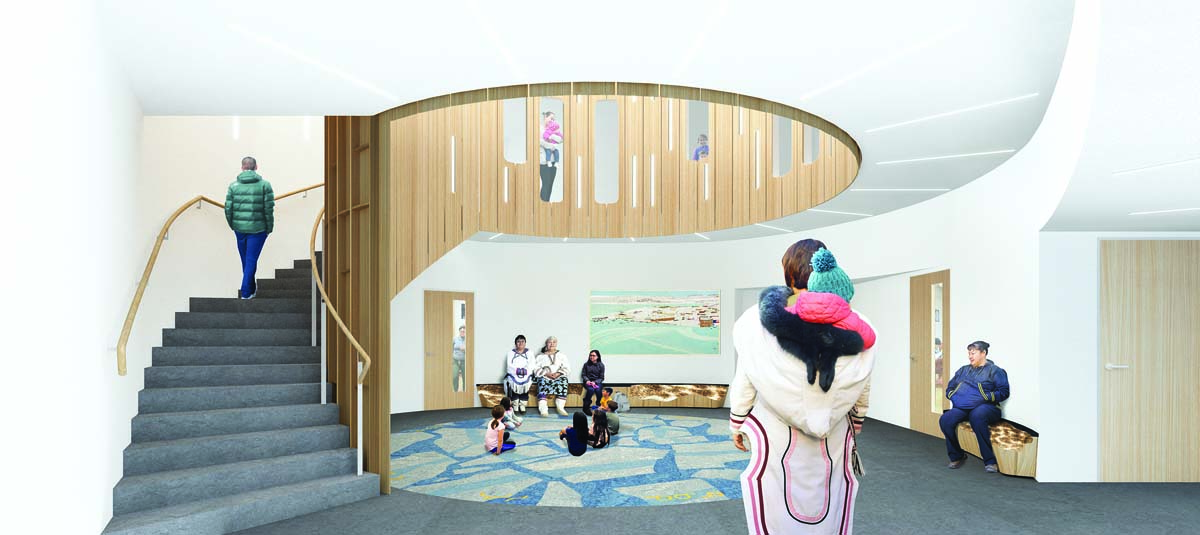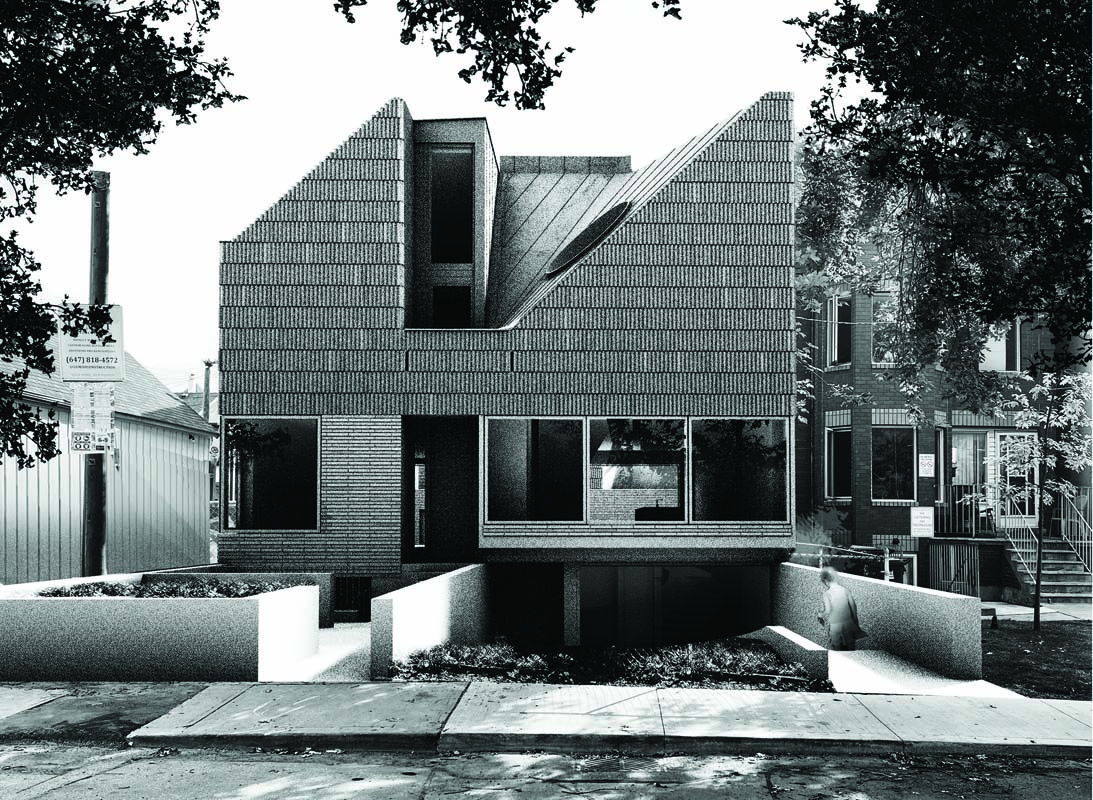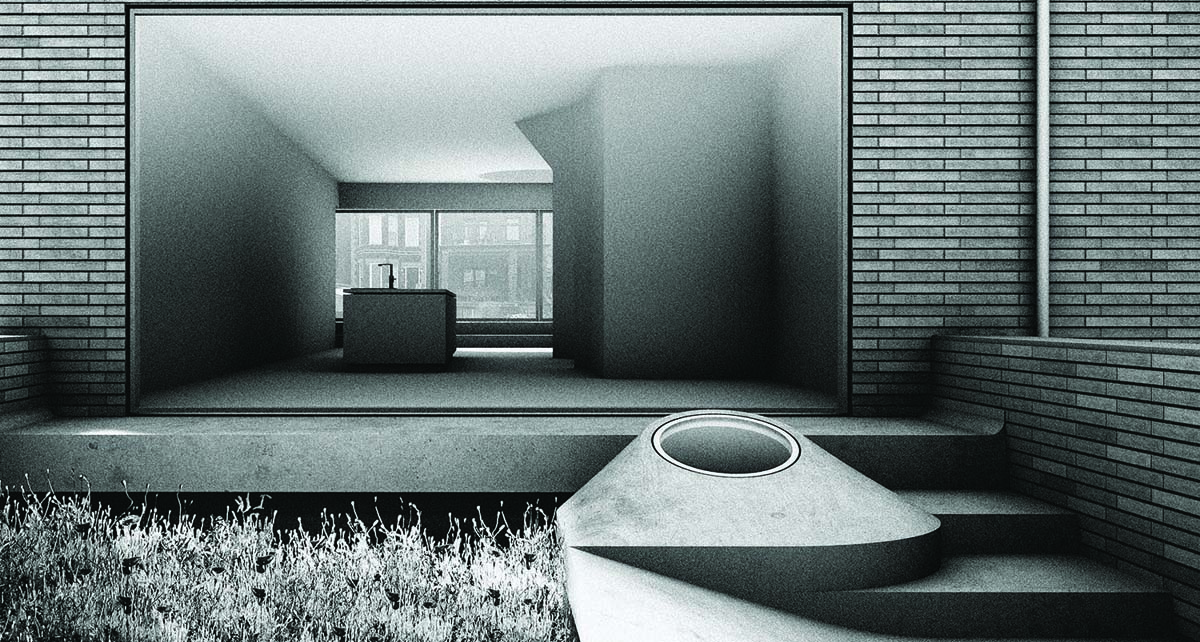
26.06.24 - Assistant Professor Jason Nguyen is this year’s Mayflower Research Fund recipient
Jason Nguyen, Assistant Professor in the history and theory of architecture, is the 2024 beneficiary of the Mayflower Research Fund, the research endowment established by a generous donor in 2018 to encourage and stimulate study in the fields of architecture, landscape architecture and urban design, allowing for collaboration with other areas of the University where appropriate.
Nguyen’s awarded research project, “Crafting Contracts: Law and the Architecture of Commemoration in Old Regime France,” looks at building practice and the regulatory bodies that structured it during the 17th and early 18th centuries in France. The project considers how reforms in contract and cost management contributed to a reframing of the architect as a civil and commercial figure at the dawn of the modern age.
Beyond its scholarly impact, the research is significant because it provides an historical instance in which debates on labour and project financing helped establish the scientific and institutional grounds on which the profession of architecture first came and continues to be practiced.
“The award means quite a lot, and is a testament to the work that I have been undertaking since my doctoral dissertation,” says Nguyen. “[The award] will help advance the project through one of the last stages of research, which considers how the streamlining of contract documentation abetted the professionalization of the architectural trade during a period of momentous social and intellectual change.”
In particular, this facet of the project examines how the architect and theorist Pierre Bullet (1639-1716) streamlined the drafting, notarizing and filing of legal contracts into professional architectural practice, taking a lawsuit that he and sculptor Philippe Magnier filed in November 1698 against the estate of Jean Coiffier de Ruzé, the Abbot of Effiat, as a starting point.
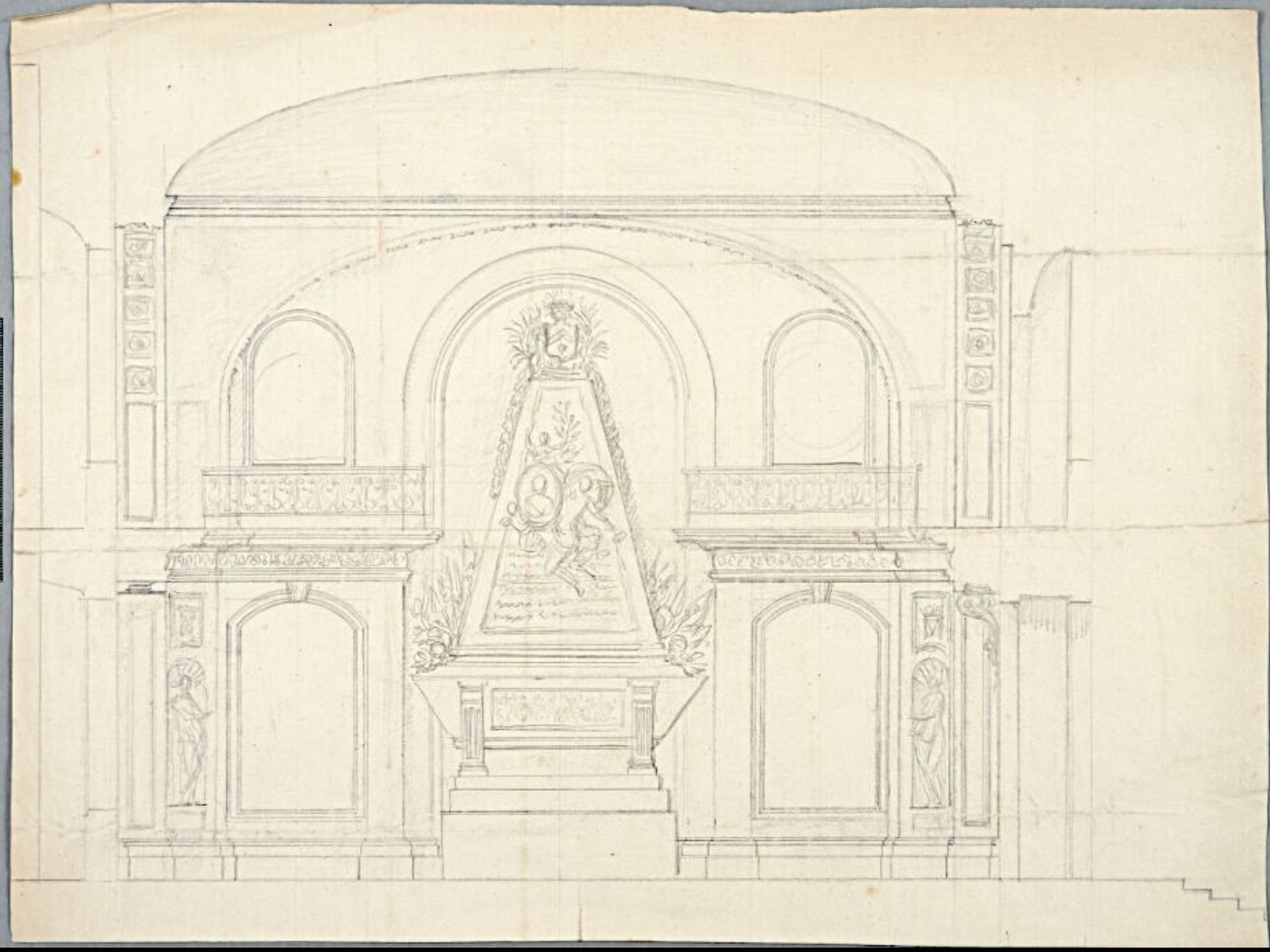
In that injunction, Bullet and Magnier sought compensation for drawings and models they had completed for the abbot, who had hired the pair to design and build a sumptuously decorated family mausoleum in Paris. When the abbot died unexpectedly in October 1698, he left a mountain of unpaid bills and, ultimately, insufficient direction and funding to see the mausoleum finished. The French court’s eventual decision, which privileged the architect’s contract, stands as a legal precedent in the professionalization of architectural practice.
Remarkably, Bullet had warned of labour and fee disputes in his treatise Architecture pratique (1691). The book included sample contracts as guides for architects to measure decoration and draft expedient legal documents. This move helped to formalize the architect’s civil function as a coordinator of labour and arbiter of taste in an increasingly commercial society. That Bullet’s study unfolded alongside contemporaneous theorizations of the social contract by the philosopher John Locke and habits and customs by the jurist Montesquieu testifies to the period’s broader concerns for legal order and the structures of modern governance.
“Contemporary conversations in Canada about labour rights and the politics of project financing and development have parallels in this formative moment in architectural history,” says Nguyen, who plans to apply his Mayflower funding to research-related travel, publishing, and student training.
“The training will include primary and secondary source documentation, mapping and digital reconstruction of since-lost buildings,” he says.
Nguyen’s broader project, of which this research is a part, is titled Bodies of Expertise: Architecture, Labour, and Law in Old Regime France.
“Ultimately,” he says, “Bodies of Expertise will argue that the effort to establish a legal category of expertise, rooted in the labour and law of building practice, directly contributed to the professionalization of architectural practice as well as the crystallization of public and commercial culture at the dawn of the modern age.”
Aspects of this research have to date been published in a variety of journals, including Grey Room, Livraisons d’histoire de l’architecture and Oxford Art Journal.
Drawing image: An anonymous drawing, likely after Pierre Bullet, depicts the Mausoleum for Antoine Coiffier de Ruzé, marquis d’Effiat, at the convent of the Filles de la Croix in Paris (c. 1698). The drawing is housed in the Nationalmuseum Stockholm in Sweden.


